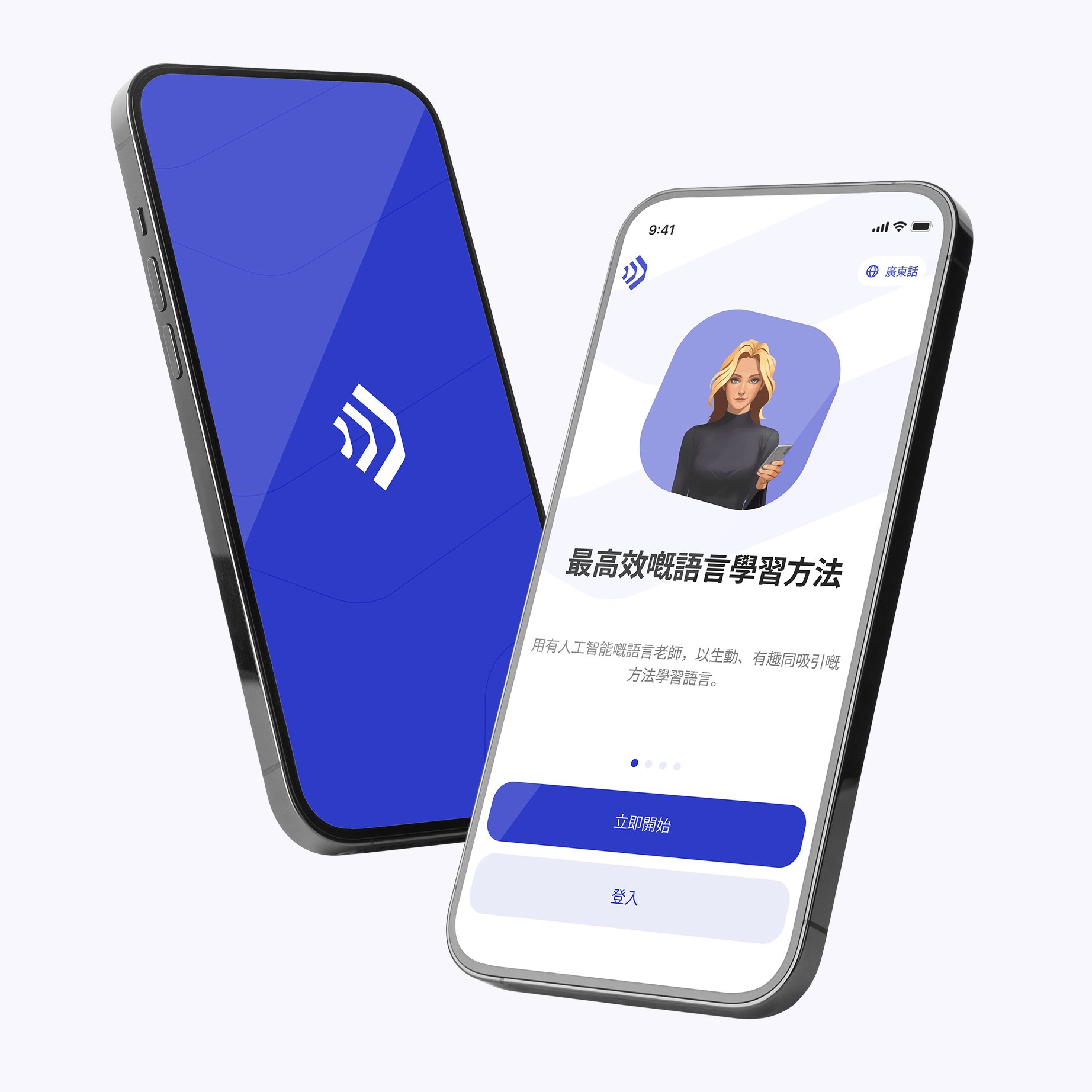用法
Inverted Conditionals 主要用于以下几种情况:
1. 否定条件
当条件句中的条件是否定的时候,我们通常会使用 Inverted Conditionals。这种情况下,条件和结果的位置会发生倒置。例如:
If he doesn’t come soon, I will leave.
在这个例子中,”doesn’t come soon” 是一个否定的条件部分,而 “I will leave” 是结果部分。正常的条件句应该是 “If he doesn’t come soon, I will leave.”,但在 Inverted Conditionals 中,我们将结果部分提前,所以句子变成了 “I will leave, if he doesn’t come soon.”
2. Only 修饰条件
当条件句中被 Only 修饰的部分较长或较复杂时,我们可以使用 Inverted Conditionals。这种情况下,只需将 Only 修饰的部分放到句首即可。例如:
If only I had studied harder, I would have passed the exam.
在这个例子中,”Only I had studied harder” 是一个被 Only 修饰的复杂条件部分,而 “I would have passed the exam” 是结果部分。正常的条件句应该是 “If I had studied harder, I would have passed the exam.”,但在 Inverted Conditionals 中,我们将被 Only 修饰的部分提前,所以句子变成了 “Only if I had studied harder, would I have passed the exam.”
3. 时间状语从句
当条件句中的条件部分是一个时间状语从句时,我们也可以使用 Inverted Conditionals。这种情况下,条件和结果的位置会发生倒置。例如:
If I see her tomorrow, I will tell her the news.
在这个例子中,”I see her tomorrow” 是一个时间状语从句,而 “I will tell her the news” 是结果部分。正常的条件句应该是 “If I see her tomorrow, I will tell her the news.”,但在 Inverted Conditionals 中,我们将结果部分提前,所以句子变成了 “I will tell her the news, if I see her tomorrow.”
类型
Inverted Conditionals 可以分为三种类型:Type 1、Type 2 和 Type 3。每种类型都有不同的条件和结果的形式,以及不同的用法。
Type 1: 真实条件句
Type 1 Inverted Conditionals 用于表示一个可能会实现的条件和结果。它通常用于描述将来的事件或习惯性的行为。例如:
If it rains, I will take an umbrella.
在这个例子中,”it rains” 是条件部分,表示一个可能会发生的情况;”I will take an umbrella” 是结果部分,表示在条件满足时会发生的行为。正常的条件句应该是 “If it rains, I will take an umbrella.”,但在 Inverted Conditionals 中,我们将结果部分提前,所以句子变成了 “I will take an umbrella, if it rains.”
Type 2: 非真实条件句
Type 2 Inverted Conditionals 用于表示一个不可能实现的条件和结果。它通常用于描述对现实情况的假设或幻想。例如:
If I were rich, I would travel the world.
在这个例子中,”I were rich” 是条件部分,表示一个不可能实现的情况;”I would travel the world” 是结果部分,表示在条件满足时会发生的行为。正常的条件句应该是 “If I were rich, I would travel the world.”,但在 Inverted Conditionals 中,我们将结果部分提前,所以句子变成了 “I would travel the world, if I were rich.”
Type 3: 虚拟条件句
Type 3 Inverted Conditionals 用于表示一个对过去情况的虚拟假设。它通常用于描述对过去行为的想象或遗憾。例如:
If I had known, I would have helped you.
在这个例子中,”I had known” 是条件部分,表示对过去情况的虚拟假设;”I would have helped you” 是结果部分,表示在条件满足时会发生的行为。正常的条件句应该是 “If I had known, I would have helped you.”,但在 Inverted Conditionals 中,我们将结果部分提前,所以句子变成了 “I would have helped you, if I had known.”
使用技巧
正确使用 Inverted Conditionals 可以使句子更加有表现力和流畅。下面是一些使用 Inverted Conditionals 的技巧和注意事项:
1. 确定条件和结果
在使用 Inverted Conditionals 时,首先要确定条件和结果的部分。条件部分通常是一个句子中的某个短语或从句,而结果部分通常是主句中的谓语动词。确保条件部分和结果部分的位置和用词准确无误。
2. 特殊词序
Inverted Conditionals 的特殊词序需要特别注意。在 Inverted Conditionals 中,结果部分位于条件部分之前,所以要注意正确的词序。同时,注意使用逗号将条件部分和结果部分分隔开来。
3. 理解不同类型
了解不同类型的 Inverted Conditionals 是正确使用它们的关键。Type 1、Type 2 和 Type 3 Inverted Conditionals 分别用于不同的情境和条件。确保根据具体情况选择正确的类型。
4. 多练习
熟能生巧,在正确使用 Inverted Conditionals 上需要多进行练习。阅读和写作是进行练习的好方法,尽量多阅读和写作包含 Inverted Conditionals 的句子,以提高熟练度。
总结
Inverted Conditionals 是英语语法中一个重要的概念,它可以使句子更加有表现力和流畅。使用 Inverted Conditionals 可以使句子更加灵活,并且能够更好地表达条件和结果之间的关系。正确使用 Inverted Conditionals 需要注意条件和结果的位置和词序,并根据情境选择正确的类型。通过多练习,我们可以更好地掌握和应用 Inverted Conditionals。










